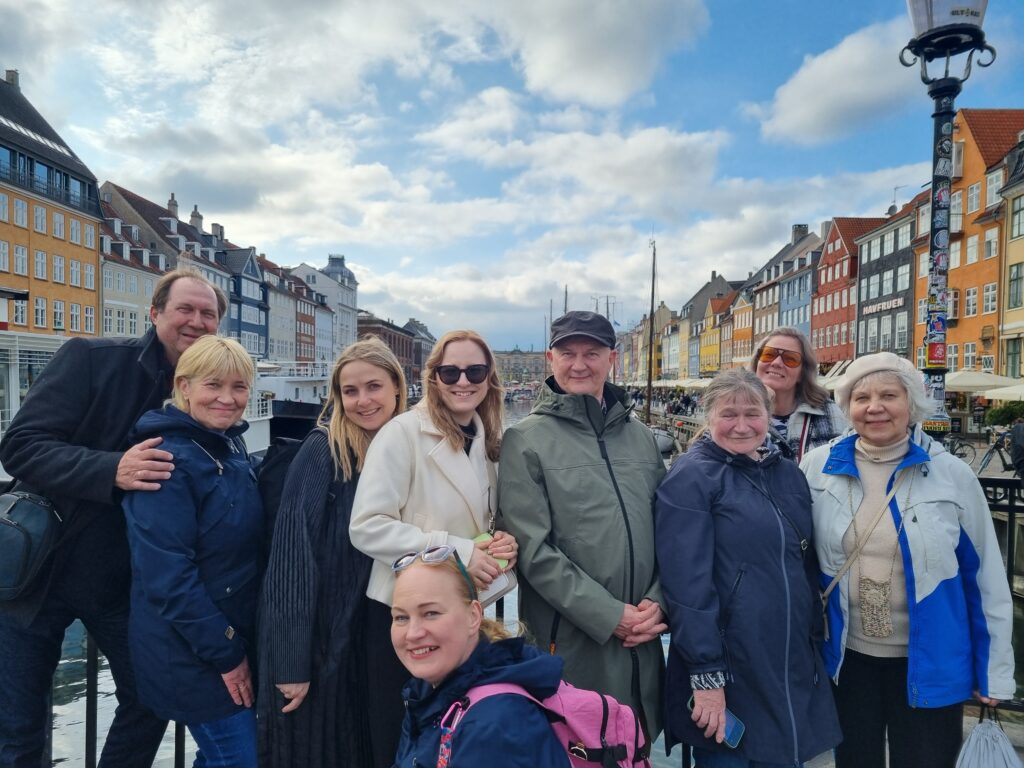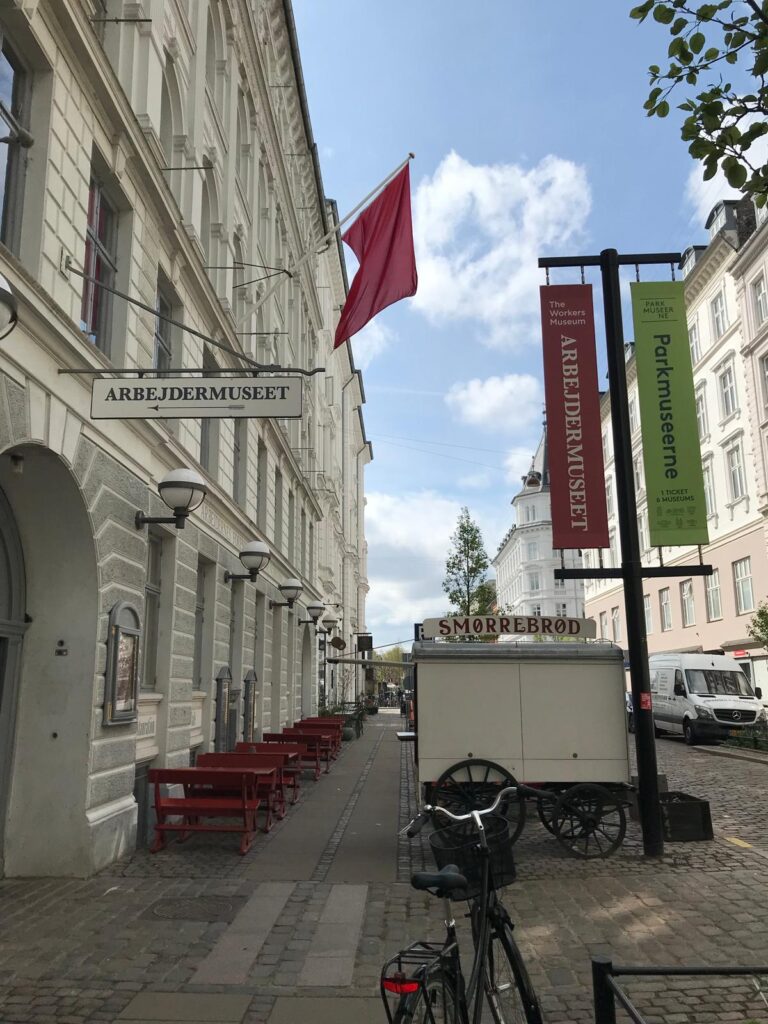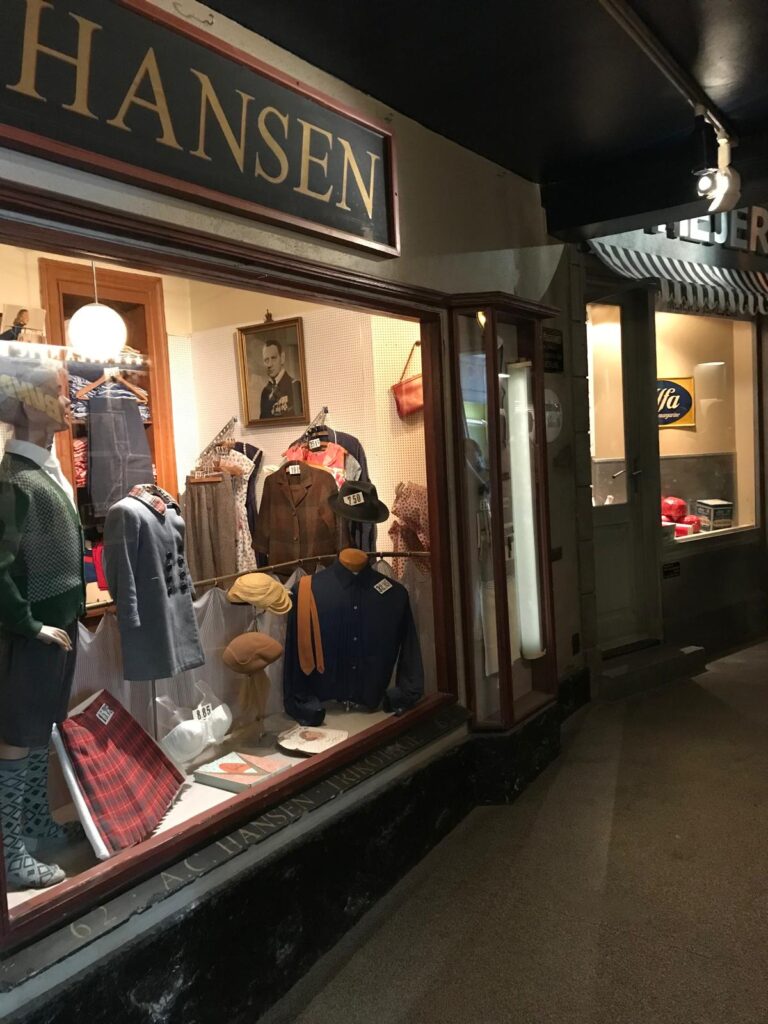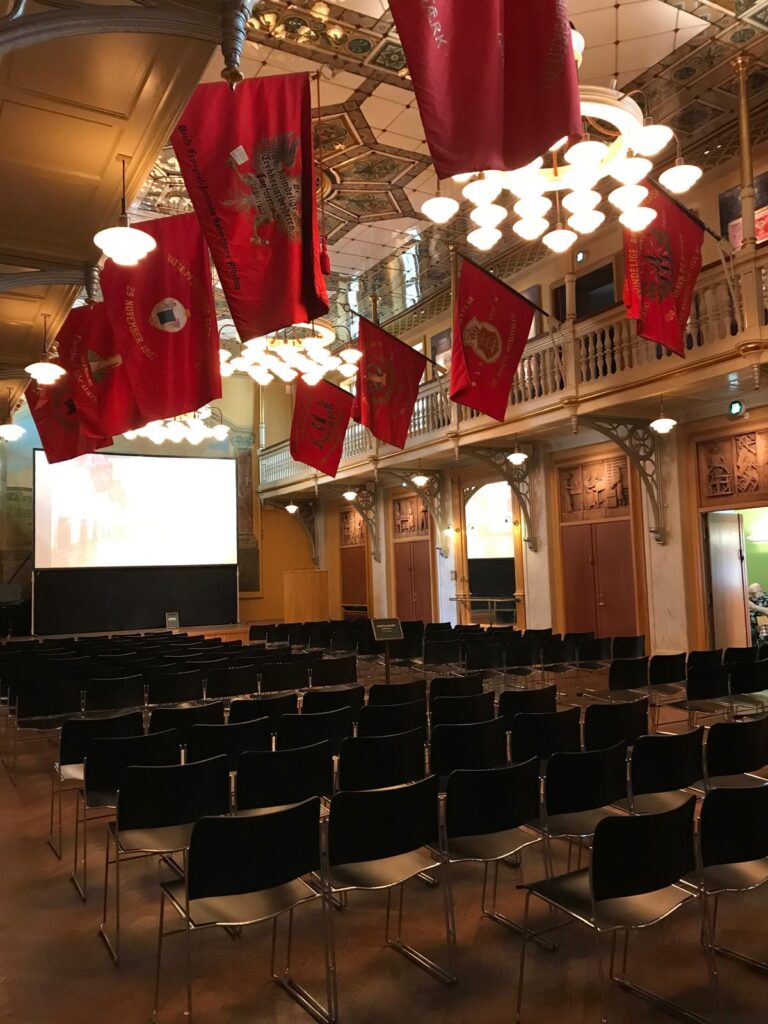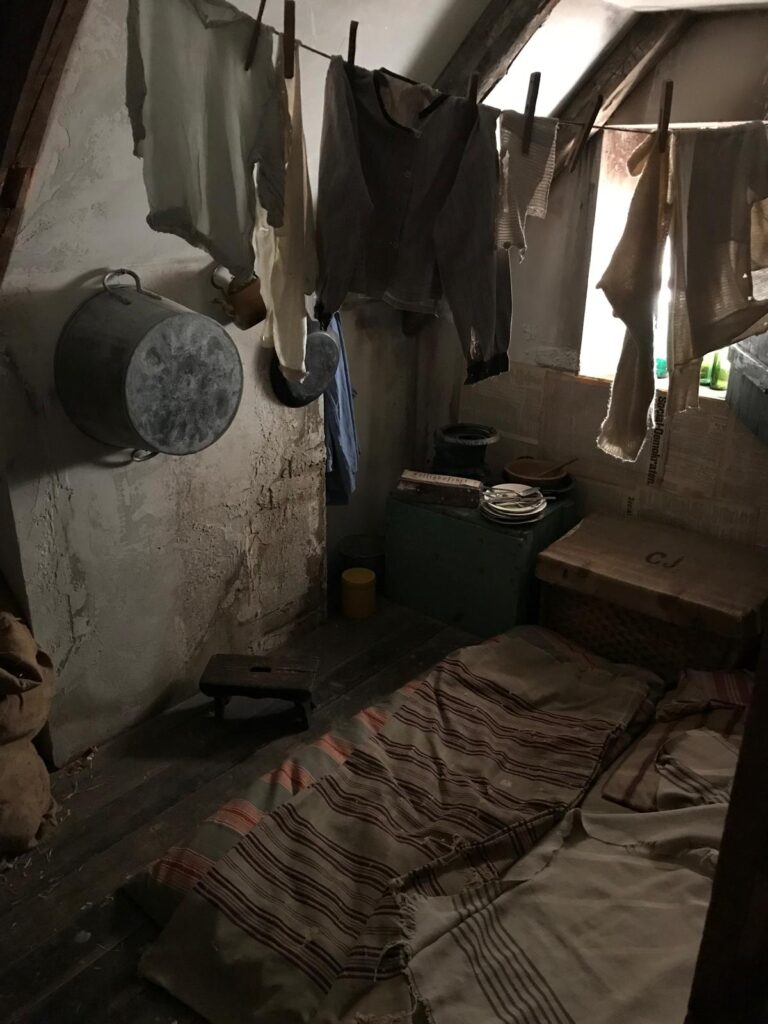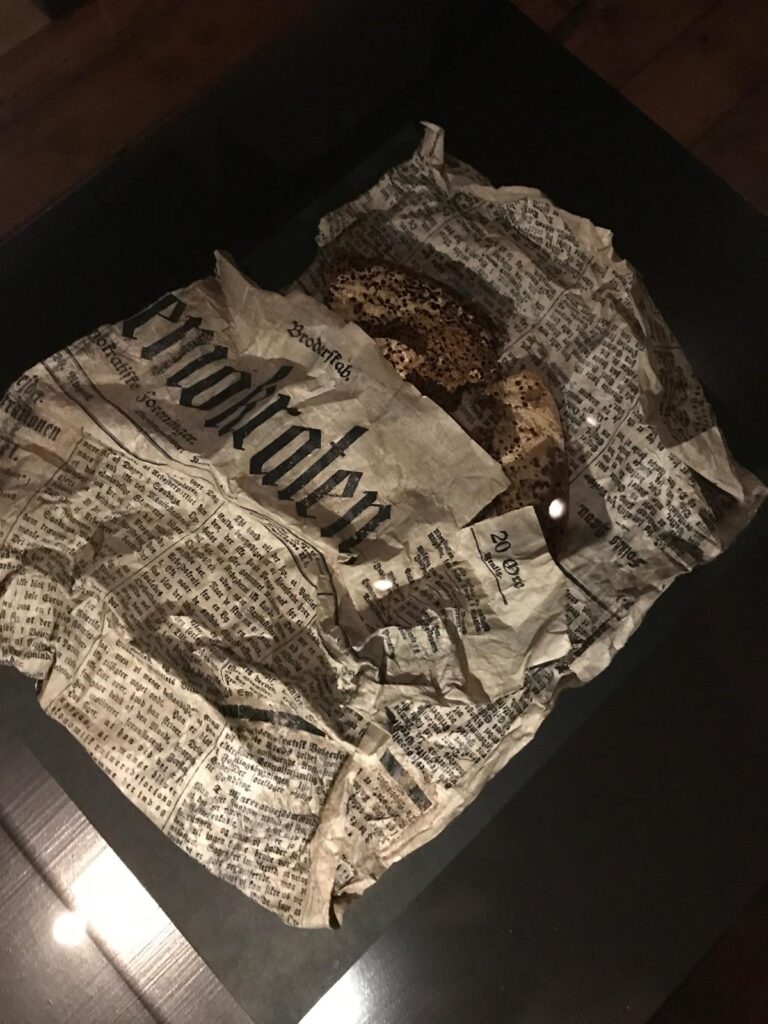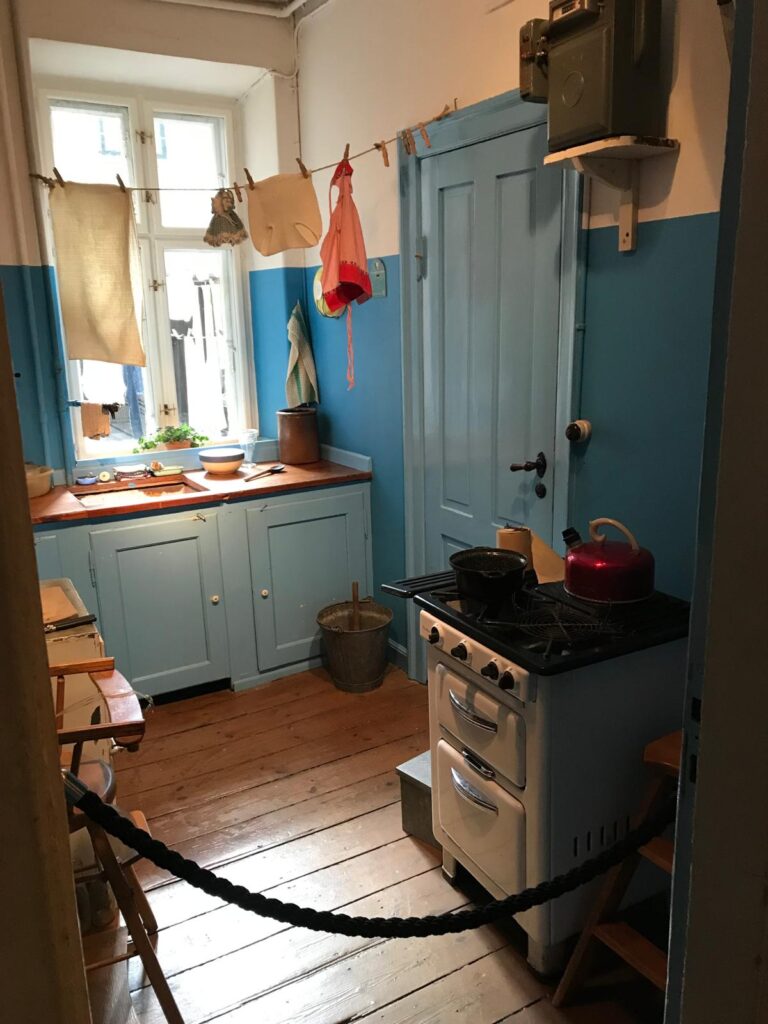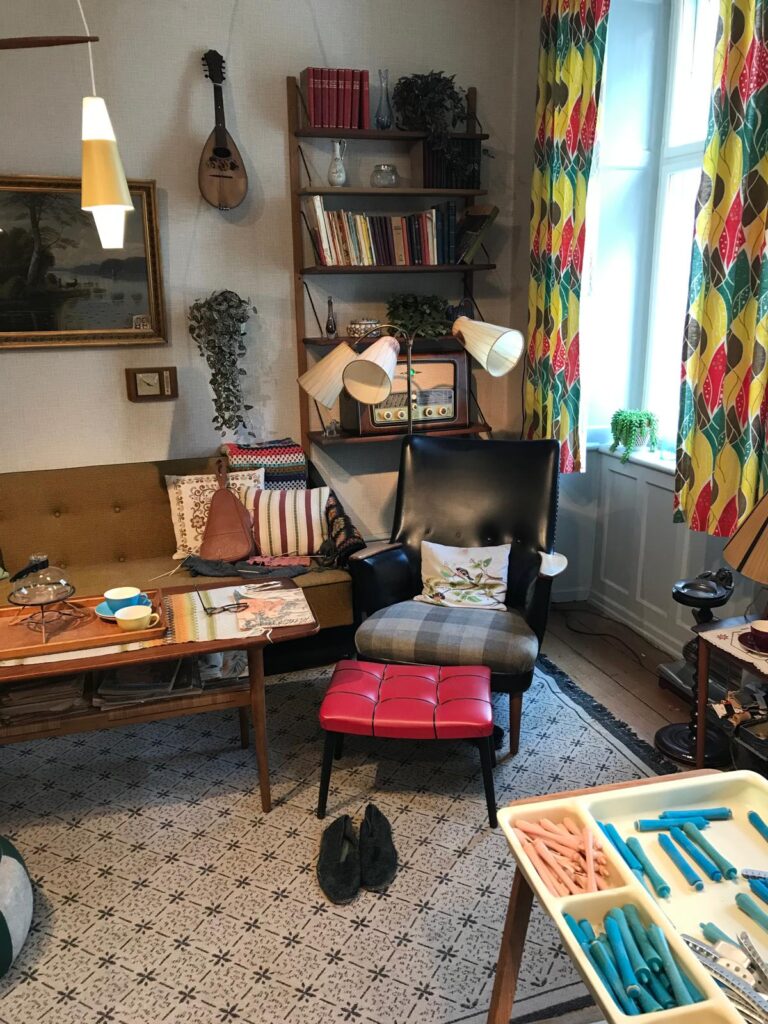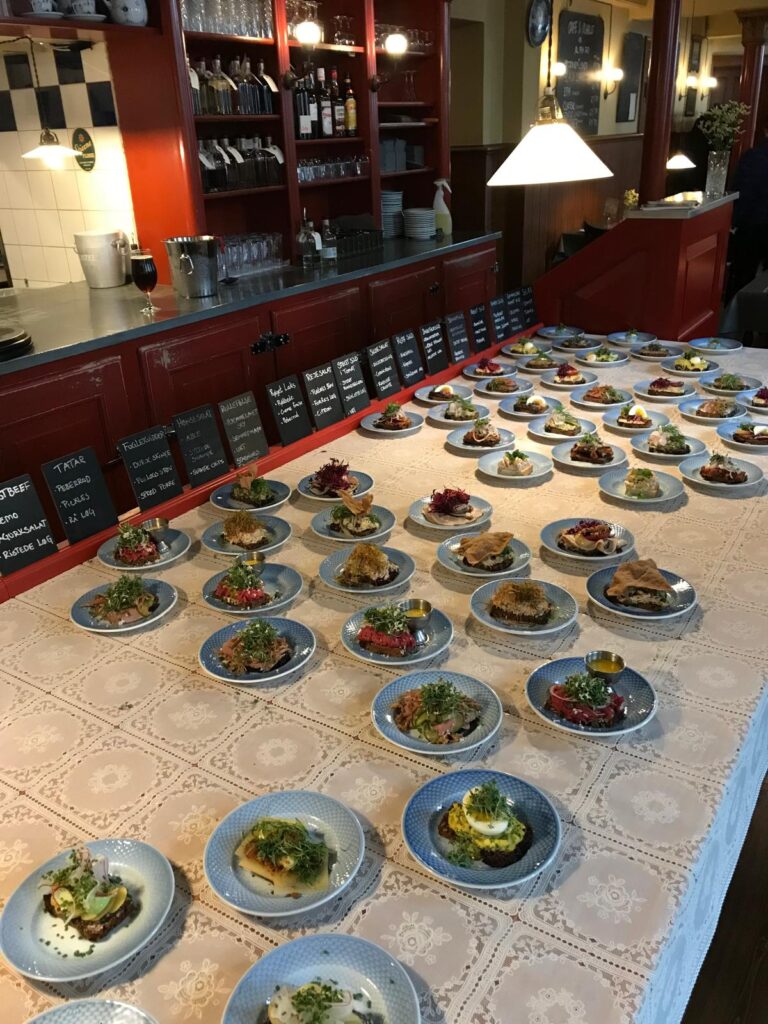Estonian writers’ museums explored opportunities for popularizing literary classics in Denmark
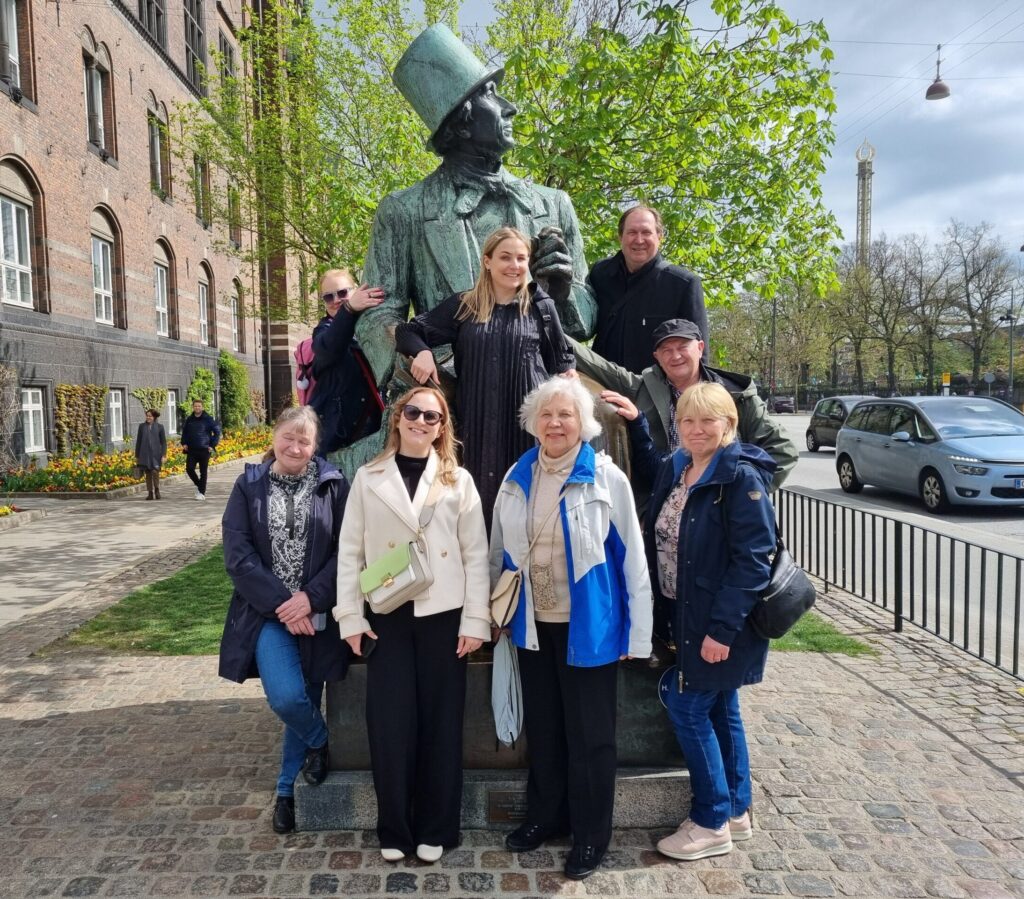
In April 2025, Head of the Under and Tuglas Literature Centre Museum Department Hegely Klaus along with representatives from Estonian writers’ museums visited museums and other memory institutions in Denmark. This mobility opportunity, organized by the Association of Estonian Writers’ Museums (AEWM) as part of the Erasmus+ adult education programme, focused on the challenges and opportunities of promoting the literary classics of small nations.
Niels Bjørn Friis, representative of the project partner organization Hans Christian Andersen’s House, introduced the magical world of Andersen’s fairy tales and the permanent exhibition covering the writer’s life. It is innovative in its use and interplay of sound, light, and space. The texts accompanying the exhibits are short and well thought out. The interactive exhibits taken from fairy tales bring out the playfulness in children, but at the same time, artifacts of museological value are strictly controlled and have limited access.
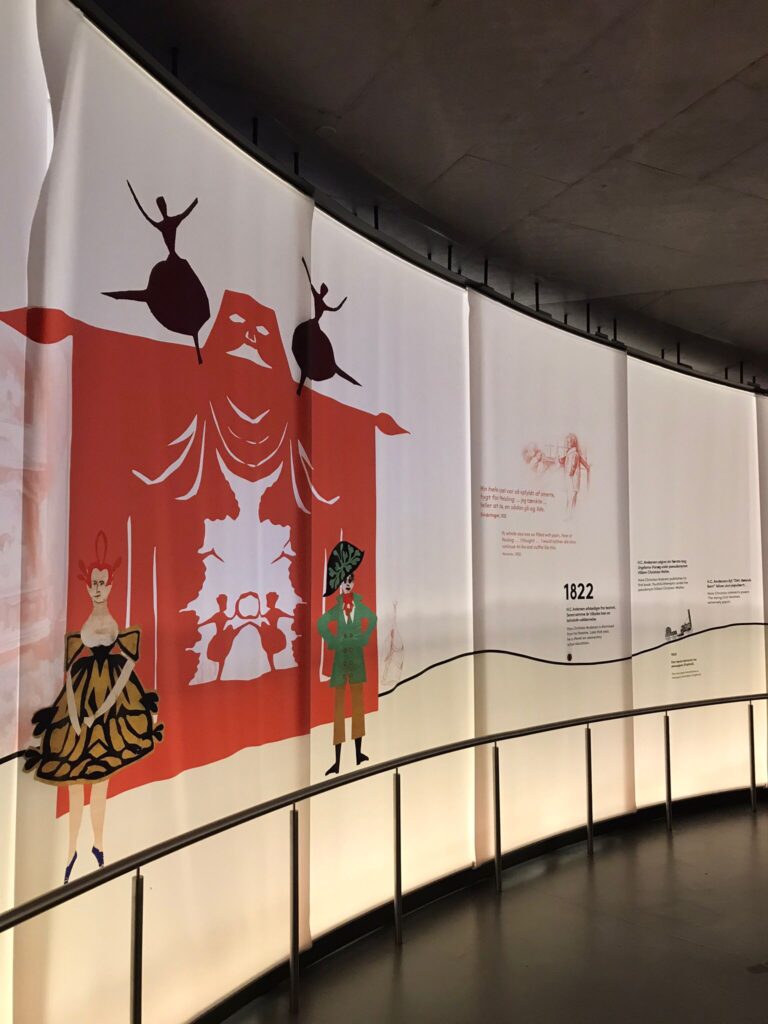
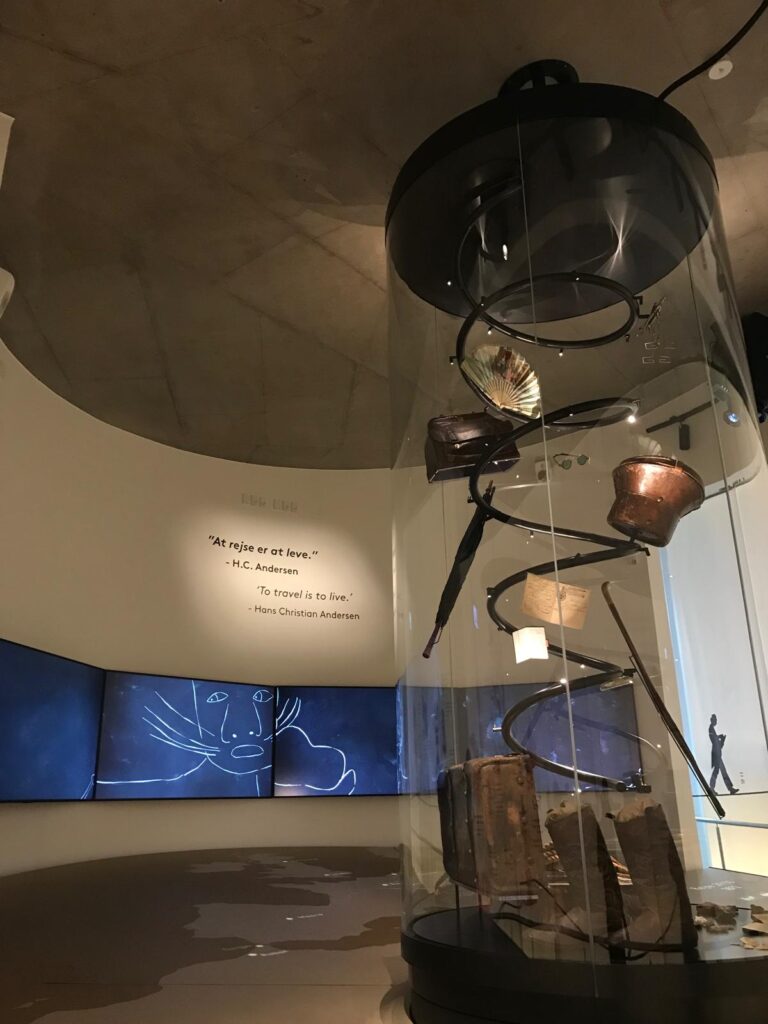
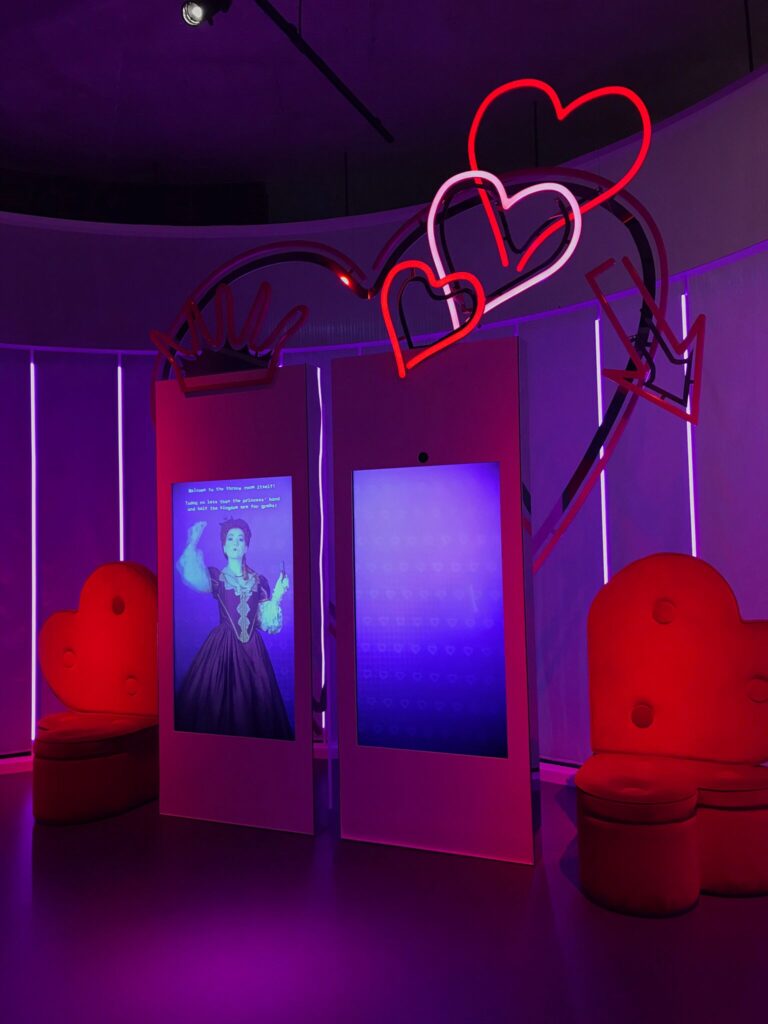
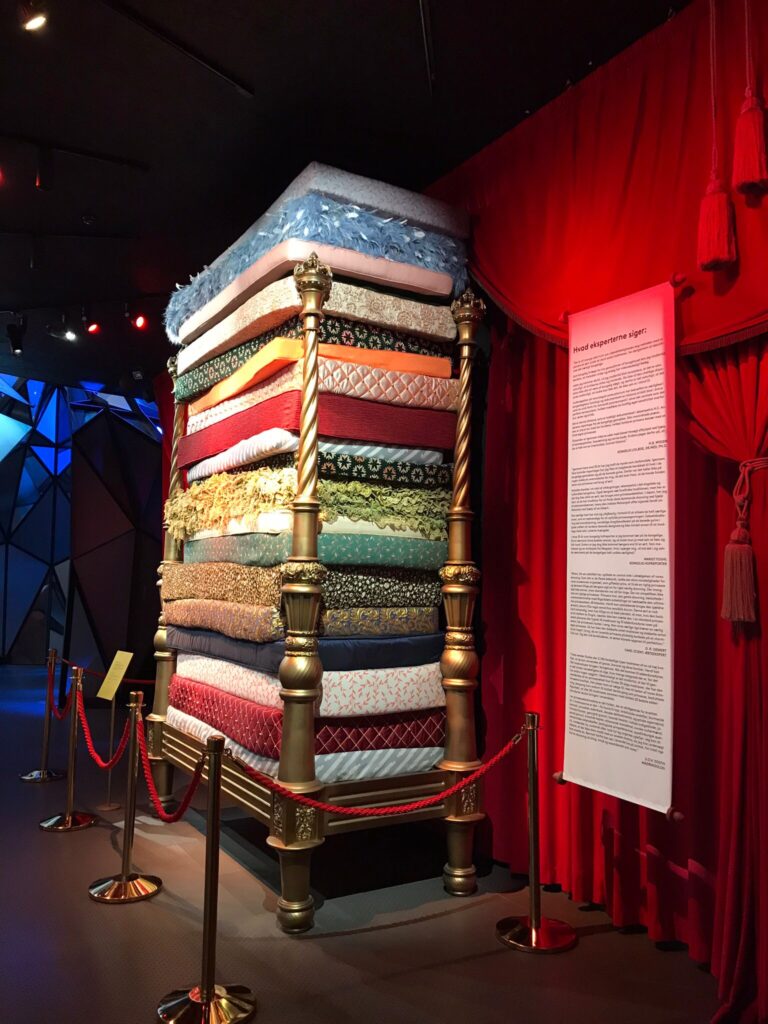
The Hans Christian Andersen Museum in Odense is very similar to the writer’s museums here. The permanent exhibition covers a few square meters and depicts both Andersen’s life and the living conditions of the Danish people in the early 19th century.
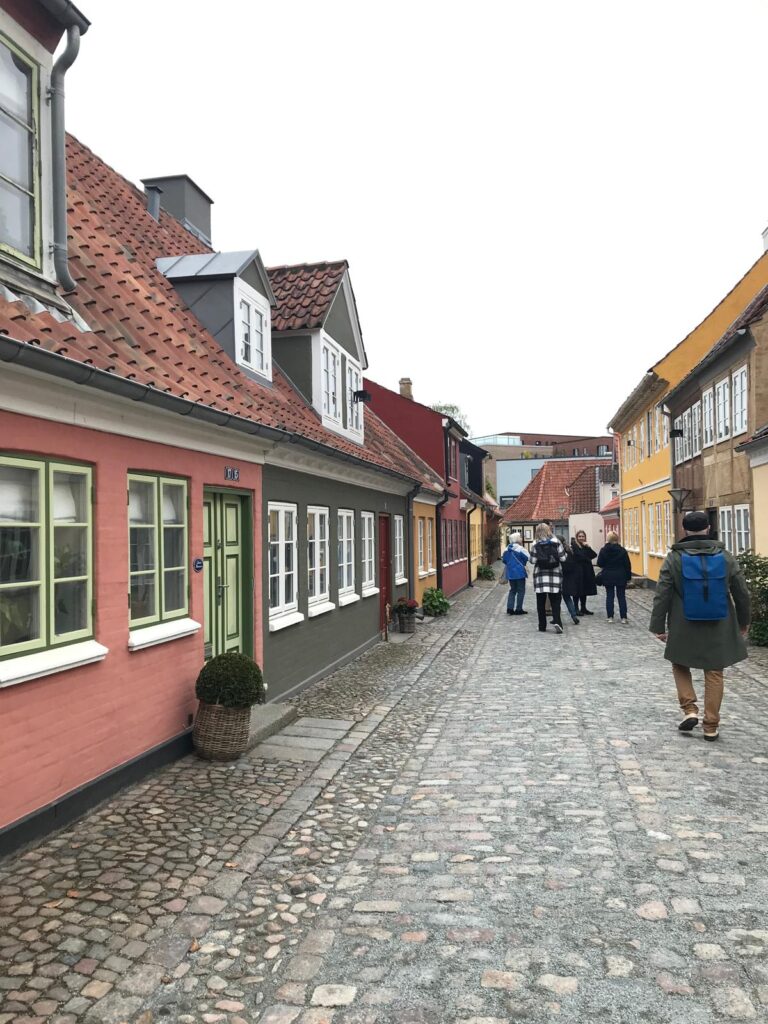
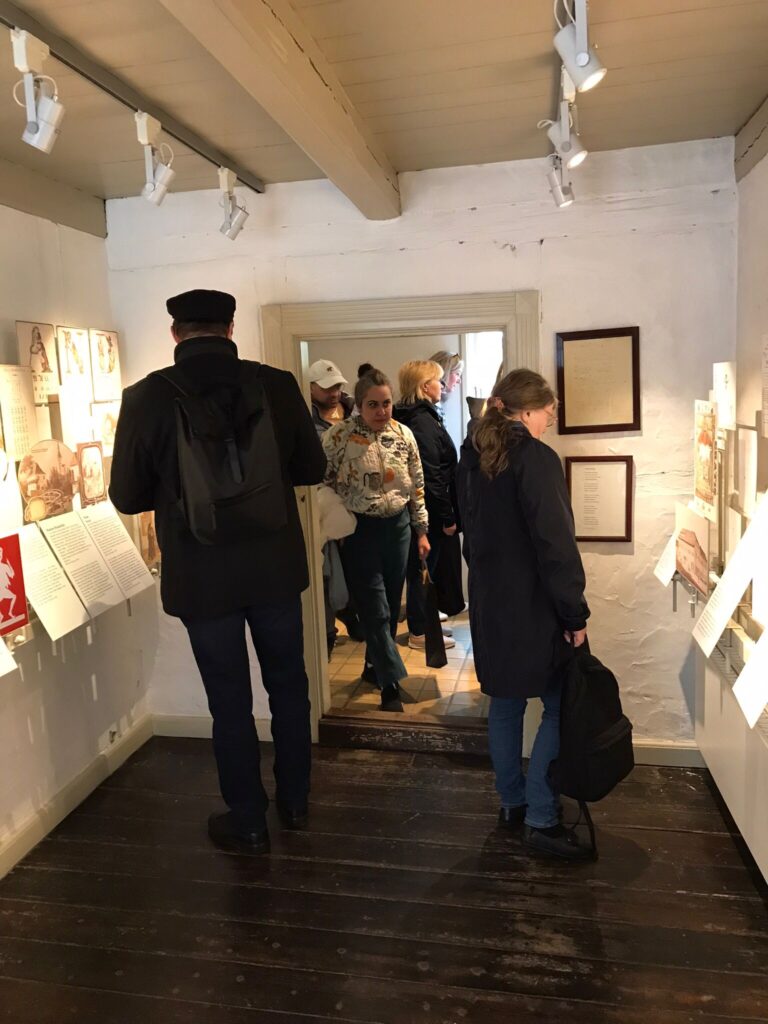
The study group participated in a guided tour at the Royal Danish Library (also known as the Black Diamond), during which the history of Danish archival science and librarianship, as well as the architecture, interior of both the old and the new libraries, collections, and storage conditions were introduced.
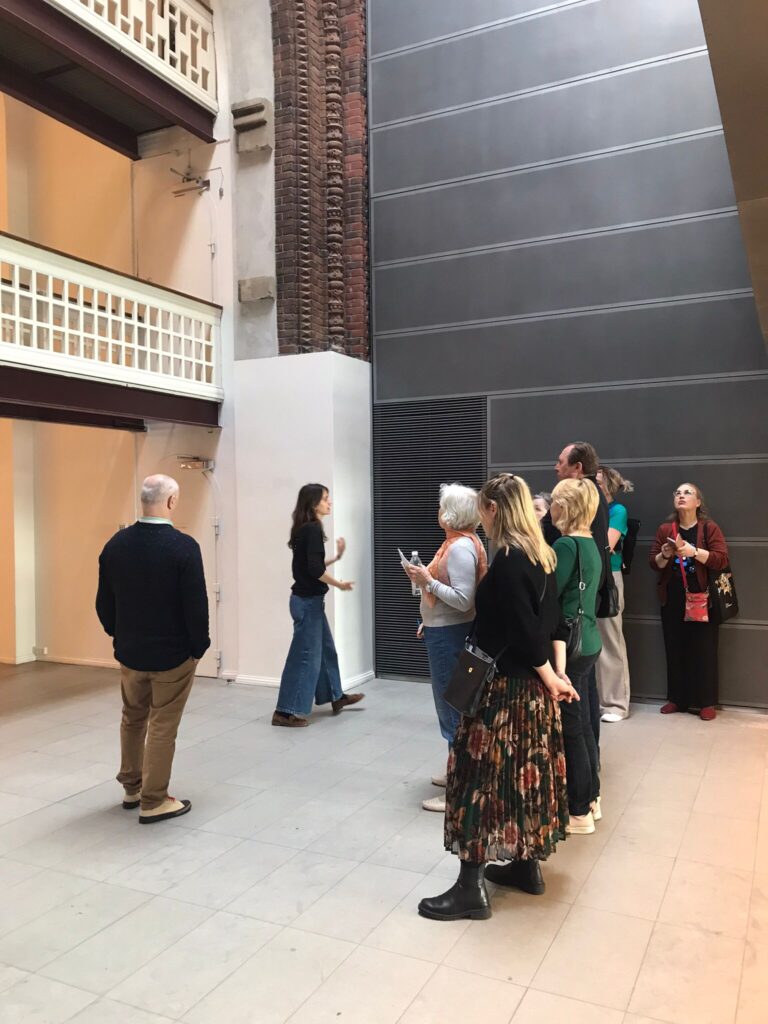
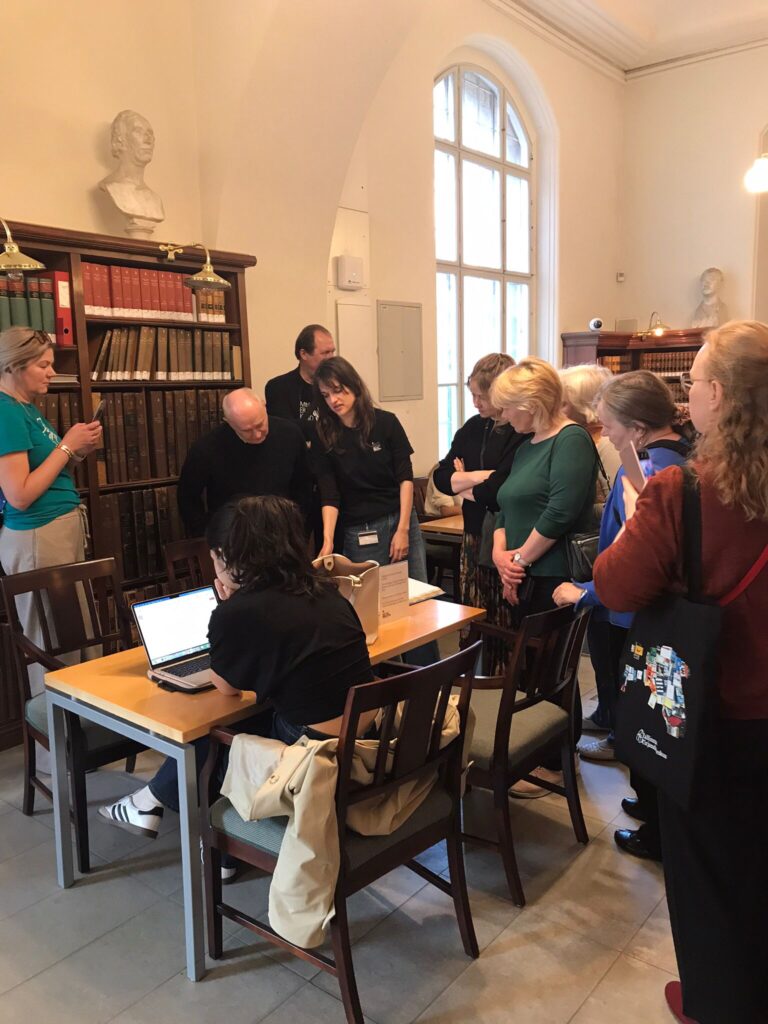
The Danish Industrial Revolution and the lives of workers are thoroughly covered at The Workers Museum (Arbejdermuseet). Although the exhibition is a bit outdated, it still feels interactive and lively. The space, lighting, and text are used skillfully. Short descriptions next to the exhibits allow the visitor to see the exhibition swiftly, while still offering moments of reflection for those who wish to do so. Of course, the visitation also included a proper lunch in the workers’ canteen located at the basement of the museum.
The Workers Museum sits on the border between central Copenhagen and Nørrebro, where places such as Rosenborg Castle and Barracks, the Natural History Museum of Denmark and the Palm House, as well as the National Gallery of Denmark are worth visiting. The port of Nyhavn is of literary significance: it was here that H. C. Andersen wrote some of his most famous fairy tales.
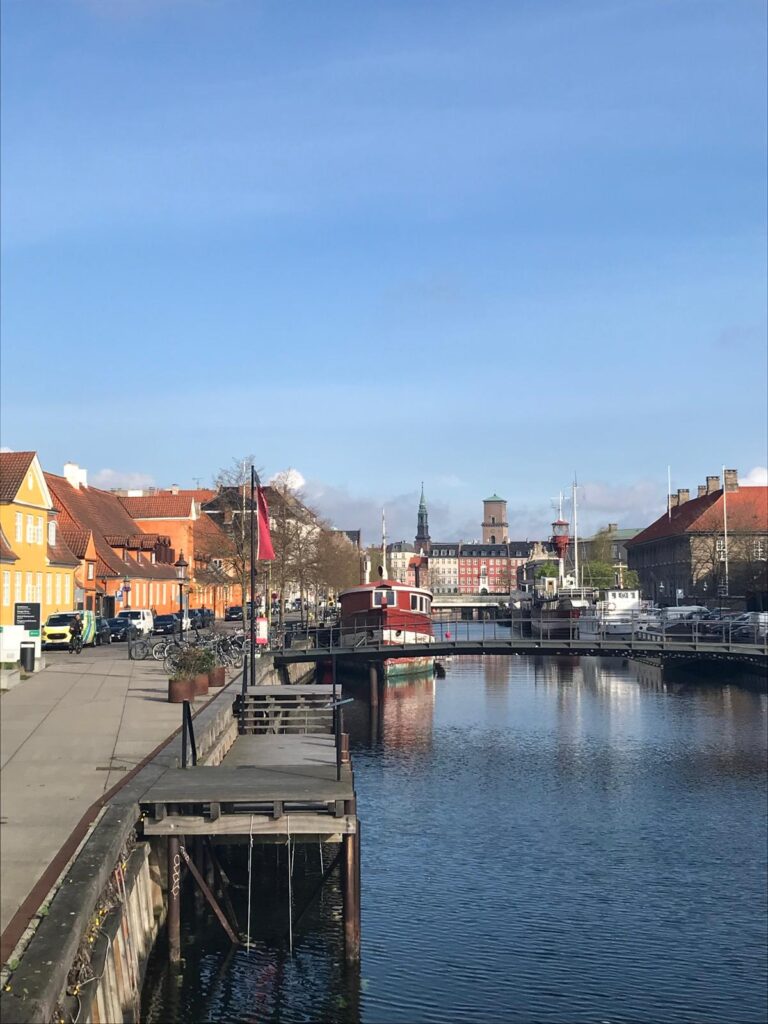
The last part of the mobility project included a daytrip to the historic port city of Helsingør and the Kronborg Castle. The 15th century castle is known to be the setting for William Shakespeare’s book Hamlet.
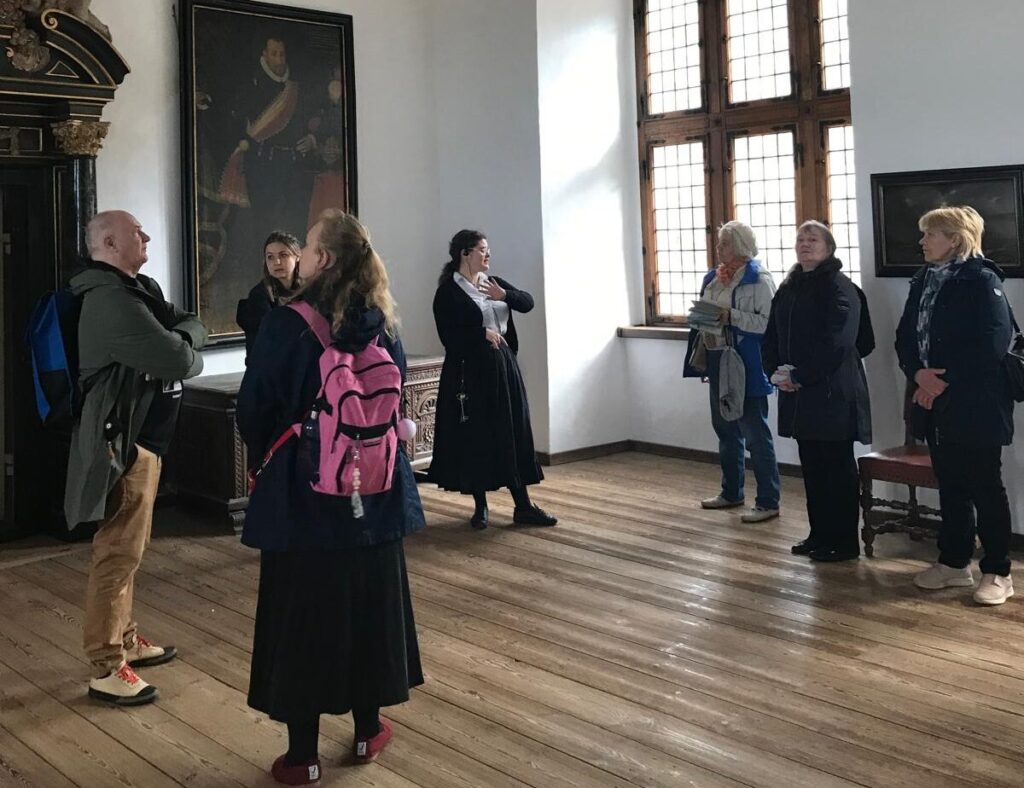
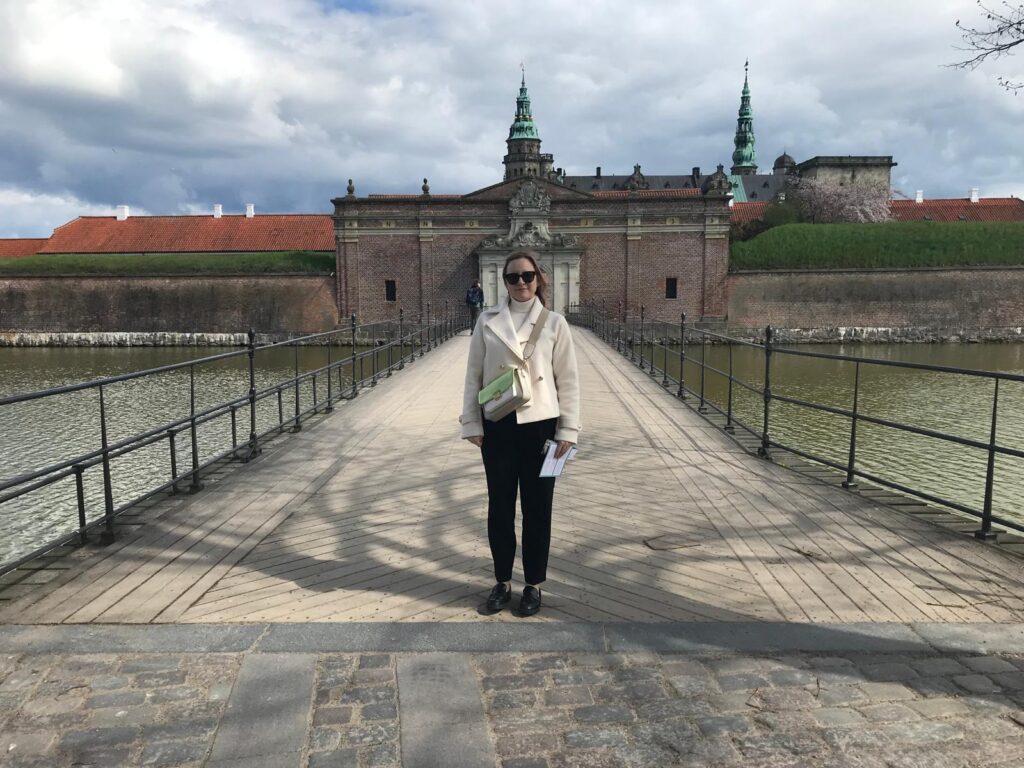
Danish museum’s exhibitions are characterized by freedom and opportunities for self-discovery. They encourage the visitors to make connections build memory brides without overwhelming them with information. Independence is an important aspect to the modern day museum visitor and so the exhibition curators are at the crossroads: what information to present and how to ensure the visitor’s engagement? The permanent exhibitions at the H. C. Andersen’s House and the The Workers Museum pay special attention to digital solutions, while the tour and educational programmes at Kronborg Castle are characterized by a fun and humorous approach. This mobility project certainly provided inspiration and gave hope for future professional collaboration projects with our Danish colleagues.
